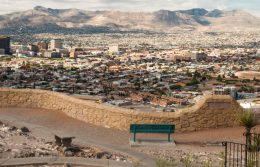Is There Really Buried Treasure in Texas? (Legends Say Yes)
Here are some of the legends of lost Texas treasure.
How to Access the content
Welcome! If you receive Texas Heritage for Living magazine, sign in here. Otherwise, we invite you to click here to enjoy the content as our guest.
RELATED ARTICLES



